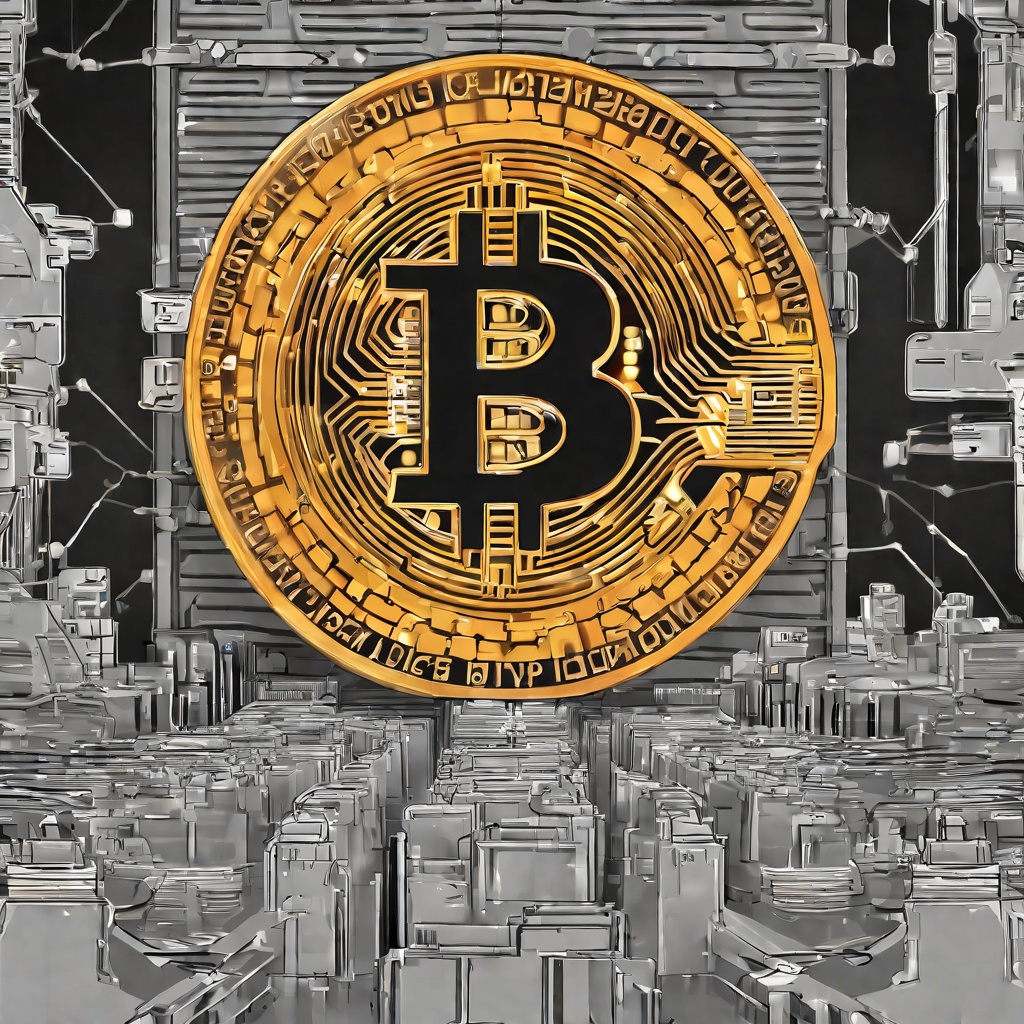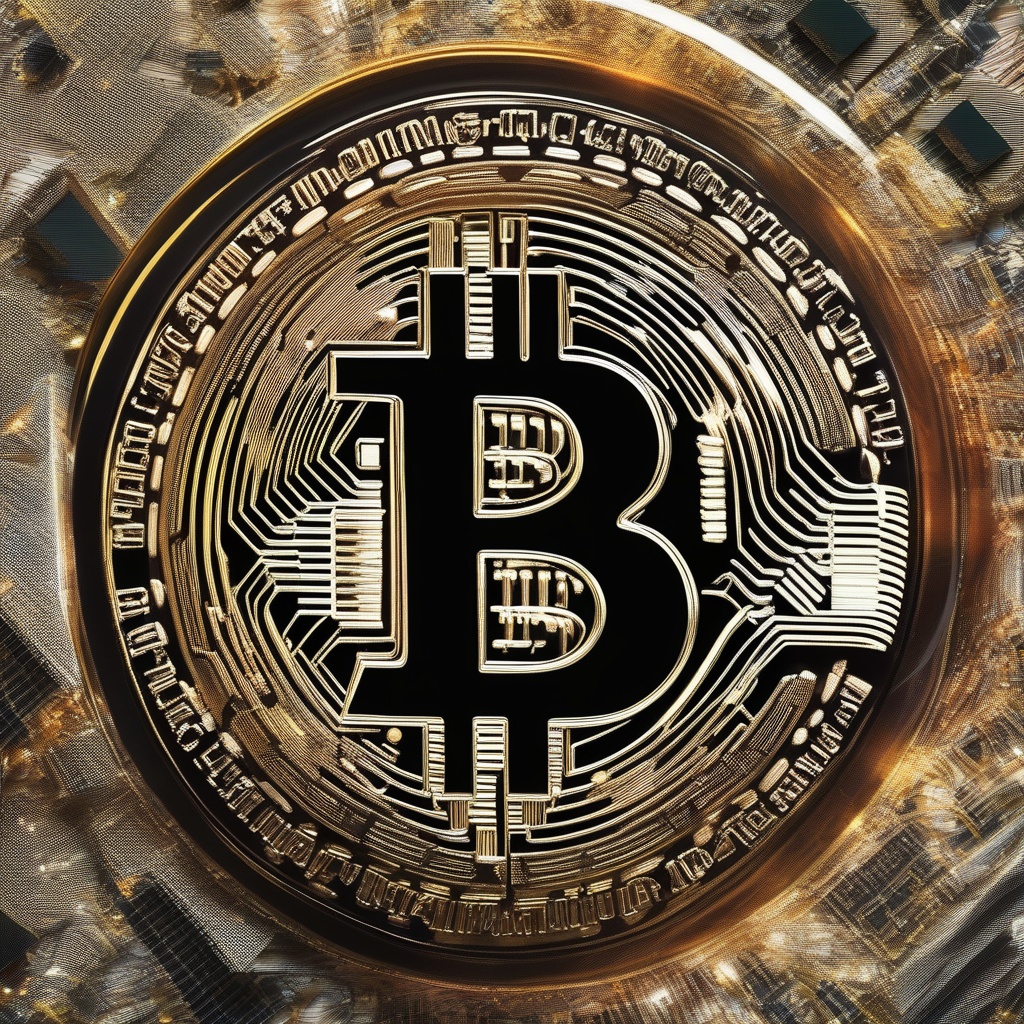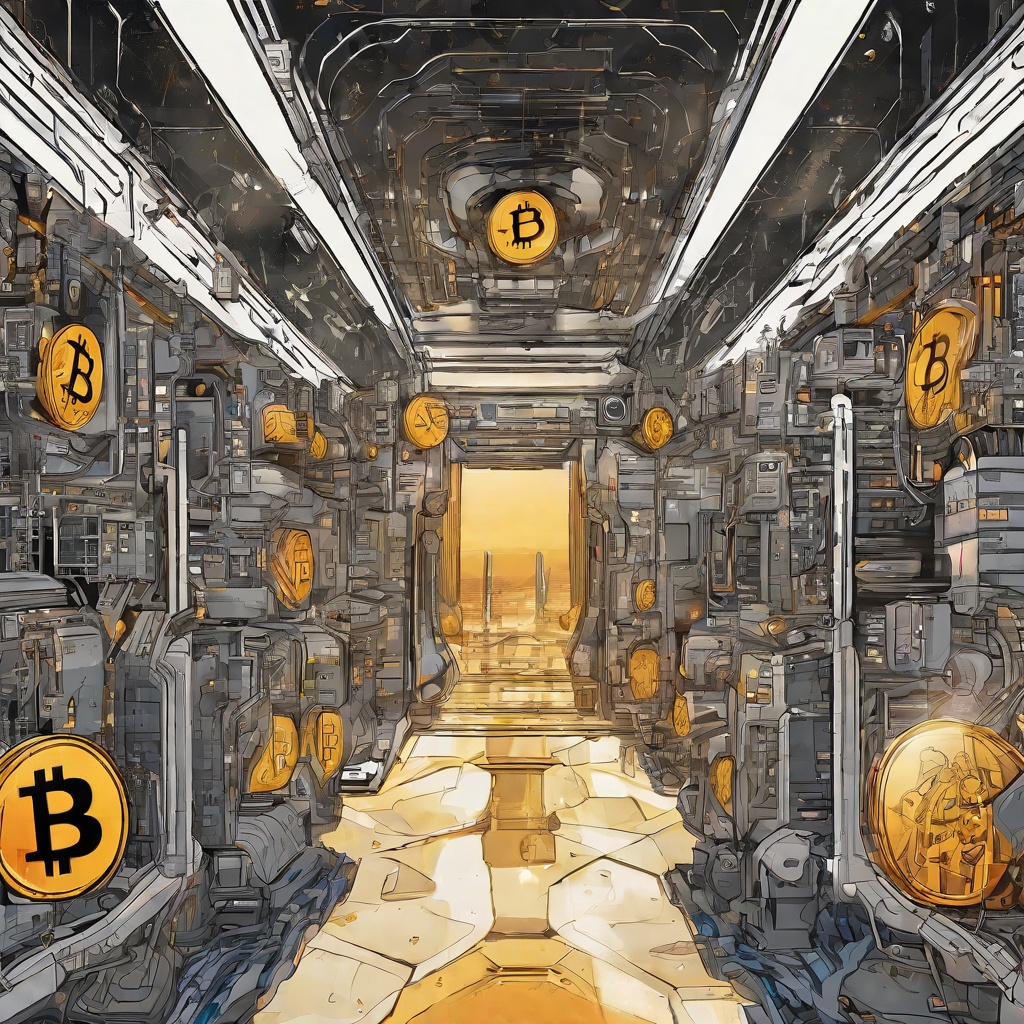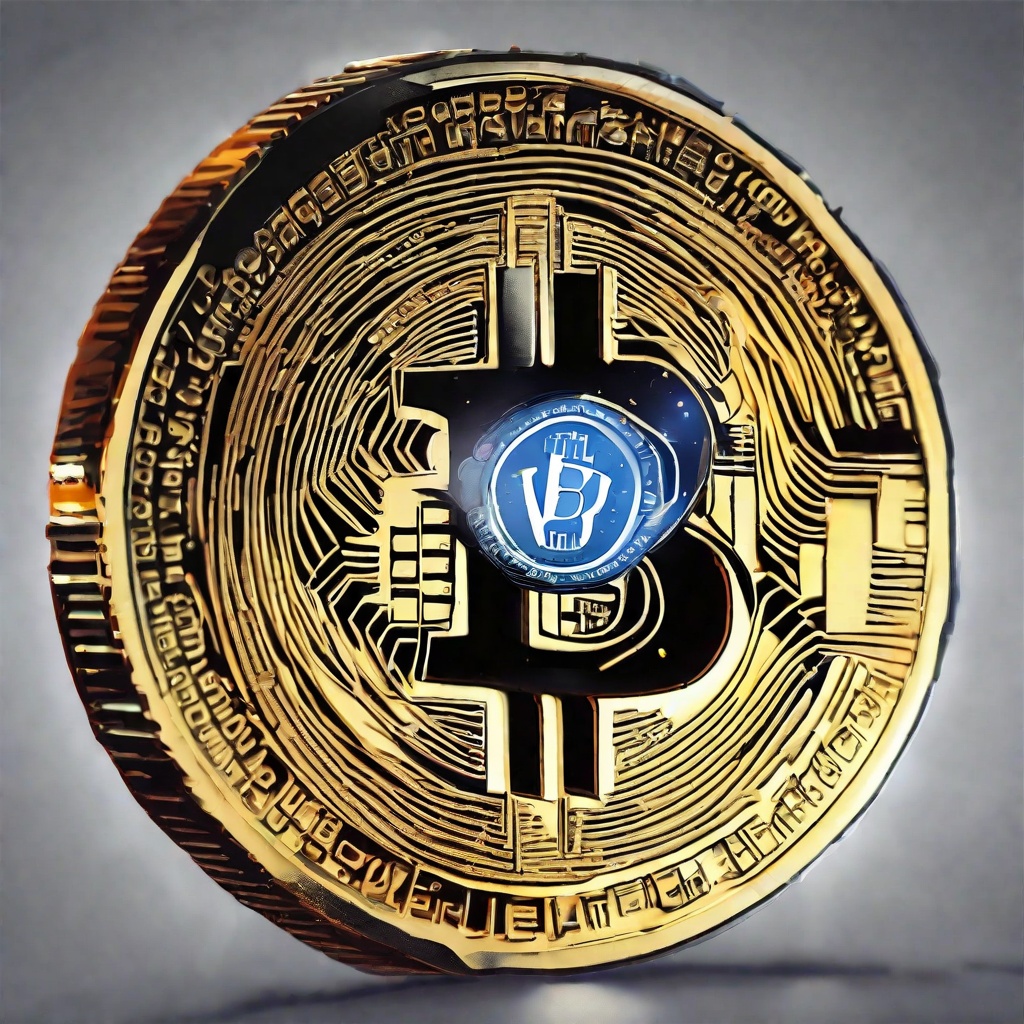How do swaps work?
Could you please explain in simple terms how swaps work in the world of finance and cryptocurrency? I'm particularly interested in understanding the mechanics behind them and how they are used to manage risk or speculate on market movements. Are there any specific types of swaps that are commonly used in the industry? And how do they differ from other financial instruments like options or futures? I'm looking forward to hearing your insights on this topic.

Can a fuse be bad and still work?
I'm curious, can a fuse be considered faulty or defective, yet still manage to function and perform its intended purpose? Is it possible for a fuse to show signs of wear or damage, yet still maintain its ability to protect electrical circuits from overloading or short-circuiting? I'm asking because I've heard conflicting opinions on this matter, and I'm eager to understand the intricacies of fuse behavior and how they can continue to work despite potential issues.

How does Polkadot crypto work?
I'm curious to understand the inner workings of Polkadot crypto. Can you explain how it functions, including its unique features and how it differs from other blockchains? I'm particularly interested in its interoperability capabilities and how they contribute to its overall design and purpose. Additionally, could you provide an overview of its consensus mechanism and how it ensures security and scalability? Thank you in advance for your insights.

How does BSC work?
I'm curious to understand how BSC, or Binance Smart Chain, actually functions. Could you explain the mechanics behind its operation in simple terms? I'm particularly interested in how it differs from other blockchains and what specific features or advantages it offers to users and developers. Is there a unique consensus mechanism employed? How does it handle transactions and smart contract execution? Additionally, what are some of the key applications or use cases for BSC? I'd appreciate a concise yet comprehensive overview.

How does PancakeSwap v3 work?
Can you please elaborate on the inner workings of PancakeSwap's latest iteration, version 3? Specifically, how does it differ from its predecessors in terms of functionality, efficiency, and perhaps even the user experience? I'm particularly interested in how the platform's updated mechanics facilitate trades and liquidity pools, and if there are any notable improvements in terms of security or decentralization. Additionally, how does PancakeSwap v3's architecture support the growing ecosystem of DeFi applications and services?

